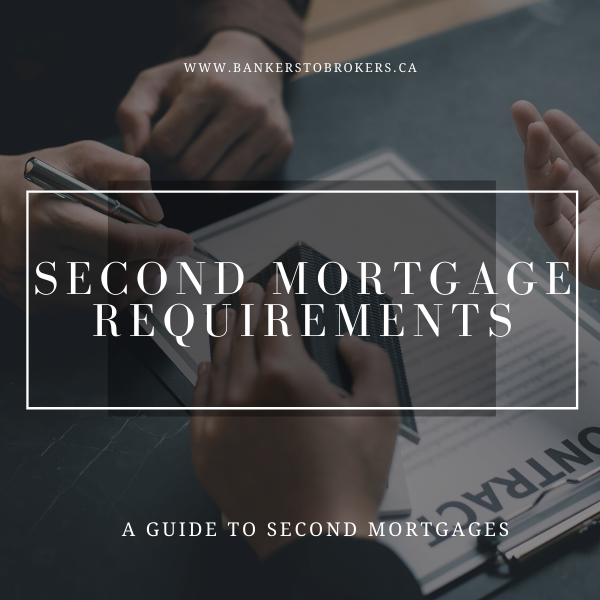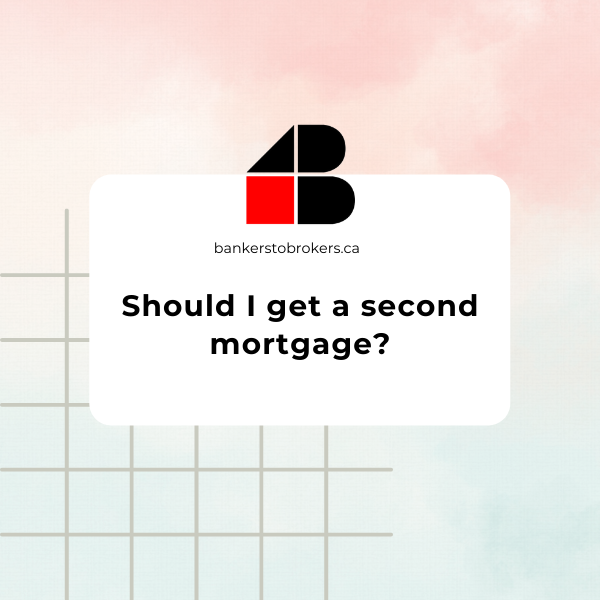Requirements of the Second mortgage, explanation of inner-workings of second mortgages. Some Examples of percentages entailing a second mortgage and how they work. Common usage of second mortgages and reasons to seek them out. Reasons why should someone consider a second mortgage. What articles should someone prepare before applying for a second mortgage? Answers to common questions about second mortgages.

Second mortgage requirements
For home equity loans and lines of credit, the main requirement is home equity. You need to have a certain amount of home equity before you can attempt taking out a second mortgage. Second mortgage lenders will allow you to borrow against up to 80 per cent of your home value – that’s your primary and second mortgage combined. So if your home is valued at $300,000 and you still owe $200,000 on your mortgage, you could take out a home equity loan or get a line of credit for up to $40,000.
If you have good credit, some second mortgage lenders will let you borrow against as much as 90, even 95 per cent on your home value.
Piggyback loans: lenders will require you to cover at least 5 to 10 per cent of the home purchase price with your own money with a 5 to10 per cent down payment. What is a second mortgage, and how does it work?
Common uses for a second mortgage
Common uses of second mortgages are to pay for:
- Consolidation of higher-interest debt, such as credit card debt
- Medical bills
- College education expenses
- Home improvements
Some use second mortgages to buy an investment property. This can be dangerous, as a downturn in the housing market could lower the value of both assets.
Should I get a second mortgage?
Before you take out a second mortgage, consider the risks to make sure this type of financing will be helpful or not. The best reason to get a second mortgage is to use the money to increase the property value.
If you’re thinking about getting a second mortgage you should take caution. The equity in your property is one of your most important assets — think carefully before using it for extravagant expenses.
If you use a second mortgage to buy, build or substantially improve the home you use to secure the loan, the interest may be considered a deductible tax.

Requirements for applying
you must have at least 15 per cent to 20 per cent equity in your property, in the sense that your remaining mortgage makes up no more than 85 per cent of the home’s total value.
Then, check your credit reports and scores before applying for a loan, and dispute any credit-reporting mistakes you discover.
Where to find second mortgage rates
A local bank or credit union is a good place, but make sure to check several lenders, including online lenders, and compare them.
Frequently asked questions
Here we have some of them:
Are second mortgage rates higher than first mortgage rates?
Second mortgage rates are likely to be higher than first mortgage rates simply because the lender with the second mortgage will be second in line to be paid should you fall into foreclosure. However, second mortgage rates still may be lower than rates on unsecured debt like personal loans or credit cards.
Is it better to get a home equity loan or refinance?
The choice between a home equity loan and refinance depends on your financial circumstances.
What is the difference between a home equity loan and a second mortgage?
Both are considered second mortgages and are secured by a lien on your home. A home equity line of credit may be a better option in situations where the homeowner has ongoing financial needs. Such as recurring tuition payments or a series of home update projects, and wants to keep drawing money as needed. It’s also a better choice if you already have a good rate on your mortgage.
A cash-out refinance replaces the first mortgage on your home with a new mortgage that’s more than the current outstanding debt on your home. You then receive the difference between the existing mortgage and the new mortgage in a single sum.
This option may be best for someone who has a high-interest rate on a first mortgage and wants to take advantage of lower interest rates.





1 Comment. Leave new
[…] Second mortgage requirements | A Guide to Second Mortgages […]